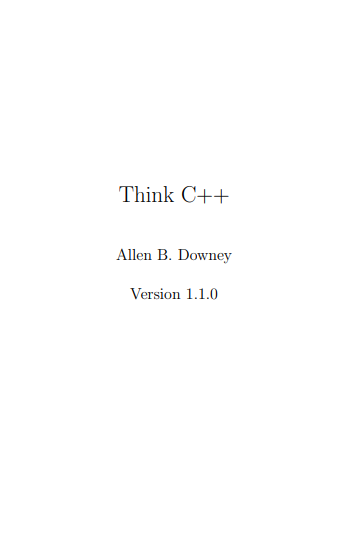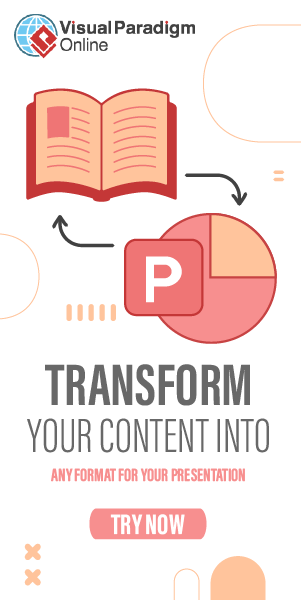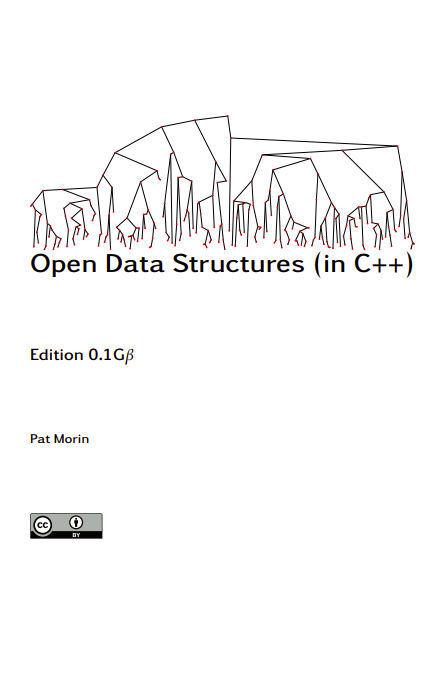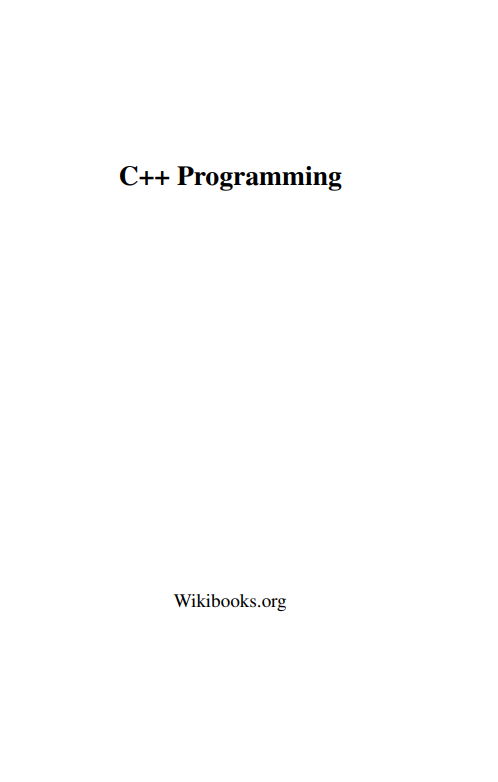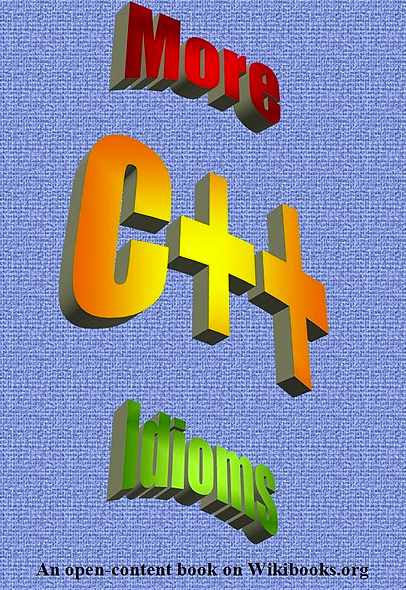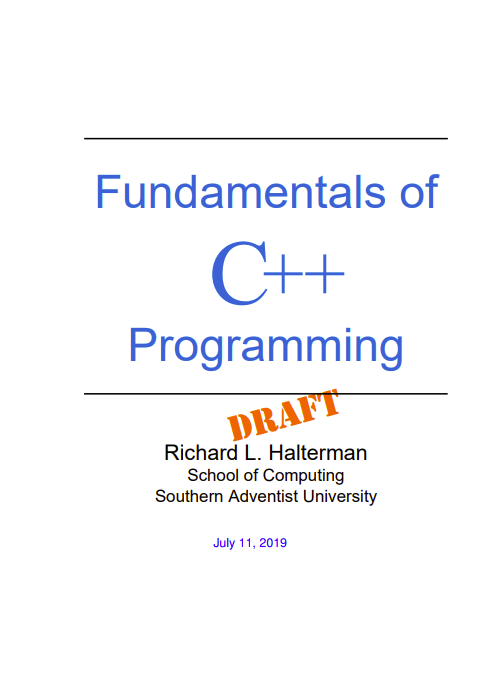The way of the program
The goal of this book is to teach you to think like a computer scientist. I like the way computer scientists think because they combine some of the best features of Mathematics, Engineering, and Natural Science. Like mathematicians, computer scientists use formal languages to denote ideas (specifically computations). Like engineers, they design things, assembling components into systems and evaluating tradeoffs among alternatives. Like scientists, they observe the behavior of complex systems, form hypotheses, and test predictions.
The single most important skill for a computer scientist is problem-solving. By that, I mean the ability to formulate problems, think creatively about solutions, and express a solution clearly and accurately. As it turns out, the process of learning to program is an excellent opportunity to practice problem-solving skills. That’s why this chapter is called “The way of the program.”
Of course, the other goal of this book is to prepare you for the Computer Science AP Exam. We may not take the most direct approach to that goal, though. For example, there are not many exercises in this book that are similar to the AP questions. On the other hand, if you understand the concepts in this book, along with the details of programming in C++, you will have all the tools you need to do well on the exam.
1.1 What is a programming language?
The programming language you will be learning is C++, because that is the language the AP exam is based on, as of 1998. Before that, the exam used Pascal. Both C++ and Pascal are high-level languages; other high-level languages you might have heard of are Java, C, and FORTRAN.
As you might infer from the name “high-level language,” there are also low-level languages, sometimes referred to as machine language or assembly language. Loosely speaking, computers can only execute programs written in low-level languages. Thus, programs written in a high-level language have to be translated before they can run. This translation takes some time, which is a small disadvantage of high-level languages.
But the advantages are enormous. First, it is much easier to program in a high-level language; by “easier” I mean that the program takes less time to write, it’s shorter and easier to read, and it’s more likely to be correct. Secondly, high-level languages are portable, meaning that they can run on different kinds of computers with few or no modifications. Low-level programs can only run on one kind of computer and have to be rewritten to run on another.
Due to these advantages, almost all programs are written in high-level languages. Low-level languages are only used for a few special applications.
